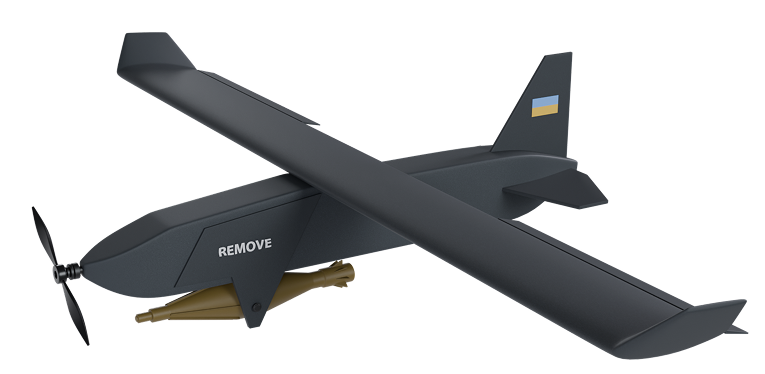How FPV drones are changing frontline tactics: a new era of modern warfare
FPV (First Person View) are drones that transmit real-time video from the perspective of the aircraft itself. The operator sees the image through the drone’s “eyes,” allowing highly precise control of the flight even in difficult conditions.
Main features of FPV that are changing the course of the war:
- High maneuverability: the ability to pass through narrow gaps, fly low above the ground, and change trajectory at the last second.
- Speed: many FPV drones accelerate up to 120–180 km/h.
- Low cost: compared to missiles and conventional UAVs, FPV drones are affordable and quick to produce.
- Precision strike capability: the operator can approach the target literally within a few centimeters.
- Ability to bypass electronic warfare: thanks to analog signals or even autonomous guidance systems, FPV drones are more difficult to jam.
Trenches, bunkers, and equipment that were previously considered relatively safe are now under constant threat. FPV drones can easily enter trenches and fortifications, striking targets that just a few years ago were unreachable for artillery or infantry.
Tanks, armored vehicles, MLRS systems, and ammunition trucks — all of this can be destroyed by a drone that costs only a few hundred dollars. This radically changes the cost‑to‑effectiveness ratio.
Infantry are forced to:
- constantly stay on the move;
- build shelters with overhead protection in mind;
- camouflage more carefully;
- avoid concentrations of personnel and equipment;
In effect, FPV drones have set new rules for survival.
In addition to strike capabilities, FPV drones are actively used for:
- reconnaissance of combat positions;
- detecting hidden shelters;
- adjusting artillery fire;
- monitoring enemy movement;
In this kind of warfare, information superiority often matters more than the weapons themselves.
The new generation of FPV drones, including auto‑guidance modules, enables them to:
- lock onto a target automatically;
- continue the attack even if the signal is lost;
- counter strong electronic‑warfare systems;
This effectively opens the era of “smart” drones that are not only controlled by a human operator but can also operate autonomously during the final phase of the strike.
Ukraine has become one of the leading countries in FPV innovation. The advantages are clear:
- domestic production of drones and components;
- unique software solutions and optics;
- thousands of trained operators;
- constant improvement of tactics through real combat experience.
This creates tactical flexibility that is difficult for the enemy to predict.
FPV drones will continue to shape the face of modern warfare. In the coming years, we can expect:
- large‑scale implementation of artificial intelligence;
- full autonomy in target engagement;
- new types of munitions;
- greater range and resistance to electronic warfare;
- swarm‑attack systems.
The global military doctrine is already adapting — FPV drones are becoming just as essential as artillery or armored vehicles.

